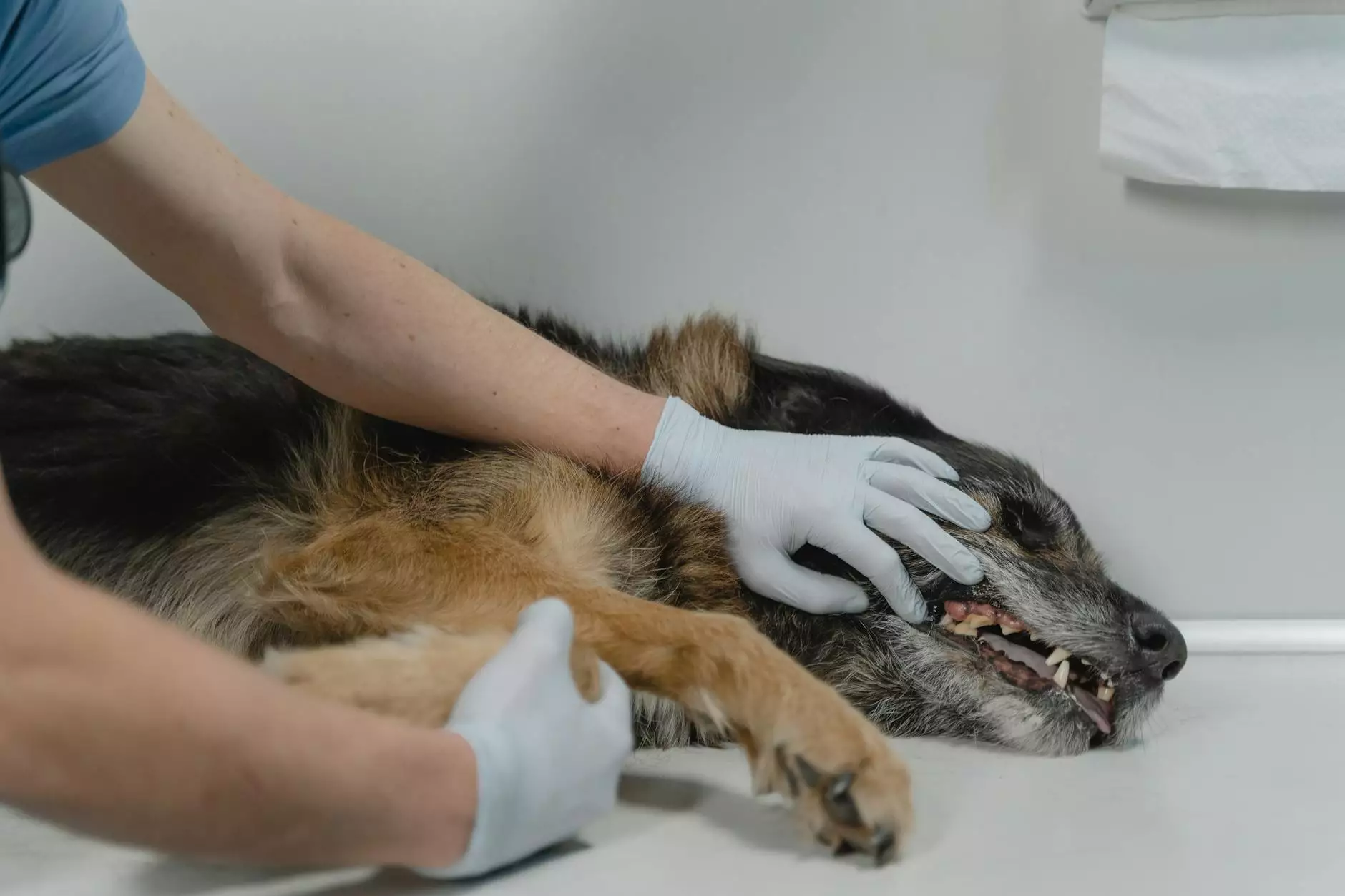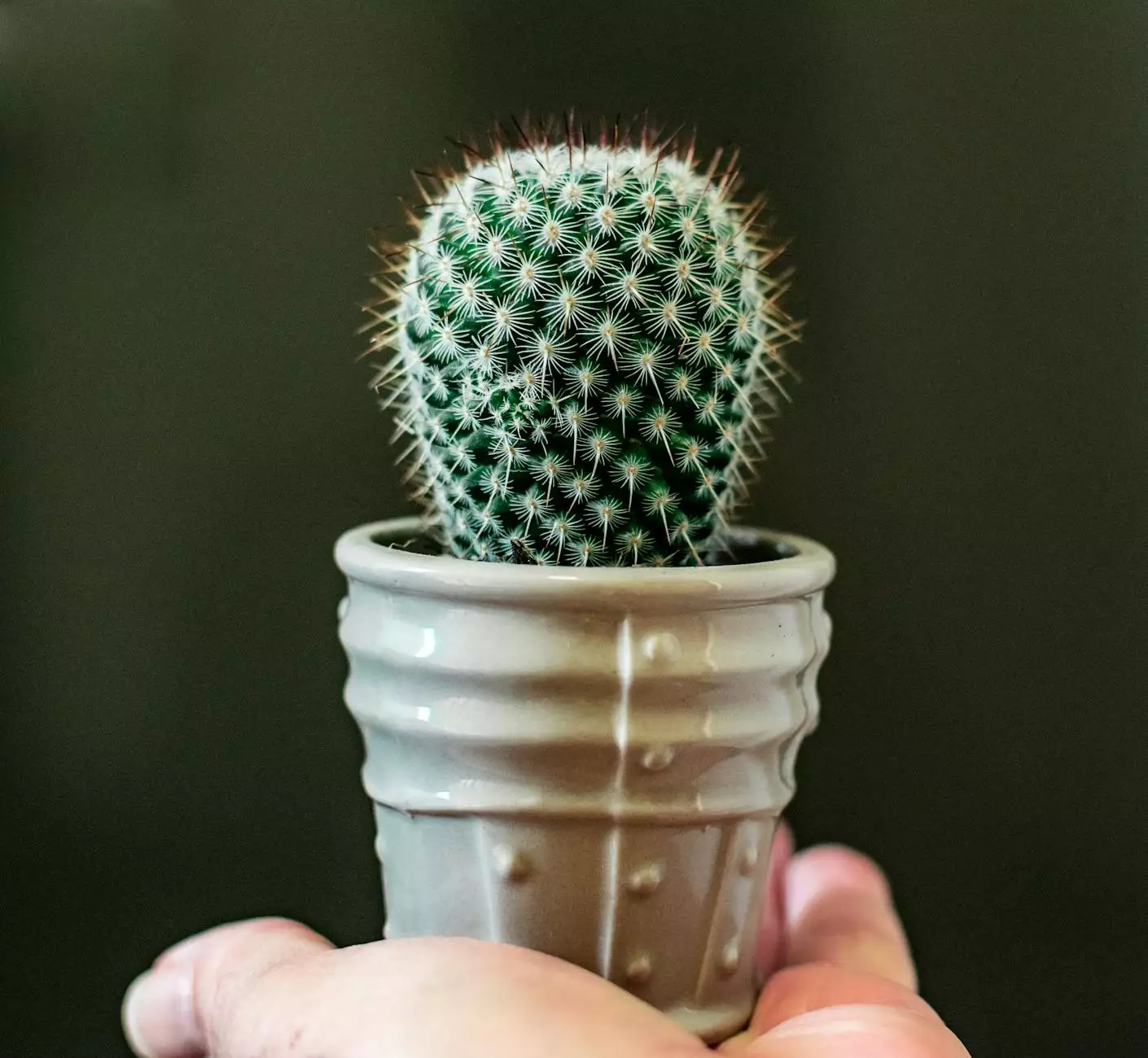Tendinosis vs Tendinopathy: Understanding the Differences for Better Health

Tendinosis and Tendinopathy are terms frequently used in the field of sports medicine and rehabilitation. Understanding the distinction between these two conditions is crucial for both healthcare professionals and patients alike. This comprehensive article will delve into the nuances, causes, symptoms, and treatment options associated with tendinosis vs tendinopathy, ensuring a well-rounded grasp of these prevalent conditions.
What is Tendinopathy?
Tendinopathy refers to a chronic condition that affects the tendons, characterized by pain, swelling, and impaired performance. The term encompasses a range of tendon-related disorders, most notably tendinitis and tendinosis. While tendinopathy can affect any tendon in the body, it commonly occurs in the shoulder, elbow, knee, and Achilles tendon.
Causes of Tendinopathy
The causes of tendinopathy are multifactorial and may include the following:
- Overuse: Repetitive strain on a tendon often leads to micro-tears, causing inflammation and pain.
- Aging: As we age, tendon structure and elasticity decline, making tendons more susceptible to injury.
- Improper Techniques: Poor biomechanics in sports or exercise can place undue stress on tendons.
- Underlying Health Conditions: Certain conditions such as diabetes, rheumatoid arthritis, and thyroid disorders can increase the risk of tendinopathy.
Symptoms of Tendinopathy
Individuals with tendinopathy may experience:
- Pain: A deep, aching pain around the affected tendon, which may worsen with activity.
- Stiffness: Reduced range of motion and stiffness, especially after periods of inactivity.
- Swelling: Mild swelling around the tendon may occur.
- Weakness: Lack of strength in the affected limb.
What is Tendinosis?
Tendinosis is a specific type of tendinopathy that results from a degenerative condition of the tendon. Unlike tendinitis, which is primarily inflammatory, tendinosis is characterized by the deterioration of collagen in the tendon due to chronic overuse and lack of appropriate healing. This degeneration leads to a decline in the structural integrity of the tendon.
Causes of Tendinosis
Here are potential causes of tendinosis that can contribute to its development:
- Chronic Overuse: Repeated stress and strain over time without adequate recovery can lead to tendinosis.
- Age: The aging process can cause a decline in tendon elasticity, making them more prone to degeneration.
- Reduced Blood Flow: Conditions that impact the vascularity of tendons can impair their healing capacity.
- Inactivity: Lack of movement can lead to increased stiffness and weaken tendons.
Symptoms of Tendinosis
Symptoms of tendinosis often include:
- Chronic Pain: Persistent pain that does not resolve with rest and may worsen with physical activity.
- Thickening of the Tendon: A noticeable thickening or beat of the affected tendon may occur.
- Tenderness: Tenderness when the tendon is touched or during movement.
- Decreased Range of Motion: A limitation in the ability to move the joint associated with the tendon.
How to Differentiate Between Tendinosis and Tendinopathy
Understanding the differences between tendinosis and tendinopathy can greatly affect treatment approaches. Here are key points that highlight their distinctions:
Clinical Diagnosis
A thorough assessment by a healthcare professional is necessary to derive an accurate diagnosis. This is typically accomplished through:
- Physical Examination: Assessing pain, tenderness, and swelling in the affected area.
- Imaging Techniques: Ultrasound or MRI may be employed to visualize the tendon structure and confirm degeneration.
- Patient History: Gathering information regarding the onset of symptoms and any prior injuries or repetitive activities.
Key Treatment Approaches
While the treatment protocols may overlap, distinct approaches exist for both conditions:
Treatment for Tendinopathy
Addressing tendinopathy often involves:
- Rest and Activity Modification: Reducing or stopping activities that exacerbate pain.
- Physical Therapy: A tailored rehabilitation program to enhance tendon strength and flexibility.
- Anti-Inflammatory Medications: Non-steroidal anti-inflammatory drugs (NSAIDs) can assist in managing pain and inflammation.
- Injection Therapies: Corticosteroid or platelet-rich plasma (PRP) injections to reduce inflammation.
Treatment for Tendinosis
Managing tendinosis specifically may include the following:
- Progressive Loading: Gradually increasing loading on the tendon to stimulate healing without exacerbating pain.
- Therapeutic Ultrasound: Utilizing ultrasound therapy to promote tendon healing at a cellular level.
- Extracorporeal Shock Wave Therapy: A non-invasive procedure that may stimulate the healing of degenerative tendon conditions.
- Surgery: In severe cases where conservative measures fail, surgical options may be necessary to repair or release the tendon.
Conclusion: Embracing a Holistic Approach to Tendon Health
In conclusion, comprehending the differences between tendinosis vs tendinopathy is essential for both patients and healthcare providers to provide effective treatment. Having knowledge of the symptoms, causes, and treatment strategies equips individuals to seek appropriate care to restore their health. Prioritizing tendon care through appropriate exercise, active recovery, and attention to pain signals ensures improved function and enhanced quality of life.
For those who seek further information or individualized assessment, consider consulting with a healthcare professional. Resources available through platforms such as IAOM-US can provide invaluable insights and support on your journey to tendon health.









